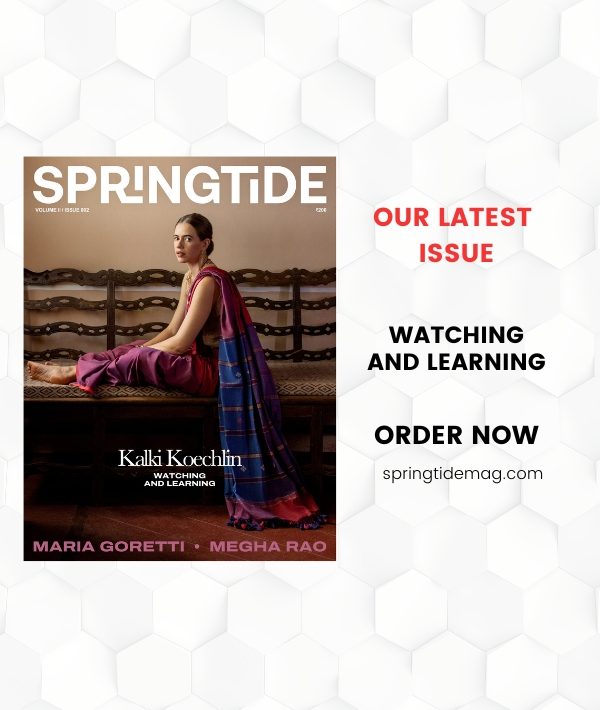Artificial intelligence has made its way into every industry, more so in creative industries like journalism. Publishing giant Condé Nast announced a deal with OpenAI, allowing the AI company to use content from its portals like Vogue, The New Yorker, Wired, and more. OpenAI will use this content to relay information to users, and in training models for ChatGPT and its search engine prototype, SearchGPT.
AI has been in journalism for years now, and is performing jobs like transcribing and illustrations among many others. These are tasks that traditionally had a human responsible for their exectuion. But despite the ease they bring in operation, AI has been quietly encroaching on the creative aspect of journalism as well.
AI sure is developed, but it still cannot understand copyright infringement
Quality journalism comes from extreme hard work and long hours. It is also valued by how credible and original the work is, and also tells us about the people behind such content. The originality is also what drives money to publishers, journalists, and creators. On a general basis, if someone copies your work and then makes money off it, without giving you due credit and share of the money, you will be mad at them.
ChatGPT itself is still in legal proceedings with the New York Times on this ground, reports The Guardian. The publisher accused ChatGPT and Microsoft of putting “particular emphasis” on the Times’ content and using it to “build substitutive products without permission or payment”. The information taken includes in-depth investigative reports, and even how-to guides. The Times goes on to highlight how “vital” their work is, and that it is “rare and valuable.” ChatGPT was also in a legal tussle with eight publishers for copyright infringement, who accused it of copying passages as is from the articles. It even created false attributions to these platforms, about articles that were bever published by them.
Another famous case is about AI search engine Perplexity. The platform landed itself in trouble when Forbes called it out for directly sourcing the platform’s content, without proper accreditation. Perplexity’s Pages feature generates exhaustive reports on user’s input topics. Forbes accused the software after noticing that the wording of the article is very similar to the original one. Perplexity also accessed a paywall article from Forbes, which has included the exact paragraphs into its output. CNBC and Bloomberg are also victims of this.
There needs to be a balance between AI operations in journalism
OpenAI’s move to partner with Condé Nast is to some extent a good thing. This allows for transparency and a direct transfer of information, instead of AI having to find loopholes to get access to exclusive content. This ensures that the tenets of journalism are upheld, and the right people are getting their due credit for their work. OpenAI has also named Le Monde, Associated Press, Axel Springer, and even Time Magazine as partners.
Journalism is a people’s profession, and is one of the key entities that shape collective human mindsets. When part of such power is given to AI, its potential can be marred. AI depends on accurate and exhaustive journalism to build its data bank. But that does not mean that it will rightly do by journalism in its efforts to cater to its users. Publishers need to understand that while merging with AI can help spread word about their own platforms, a check needs to be kept on the AI softwares who have access to content which was painstakingly created by humans.




